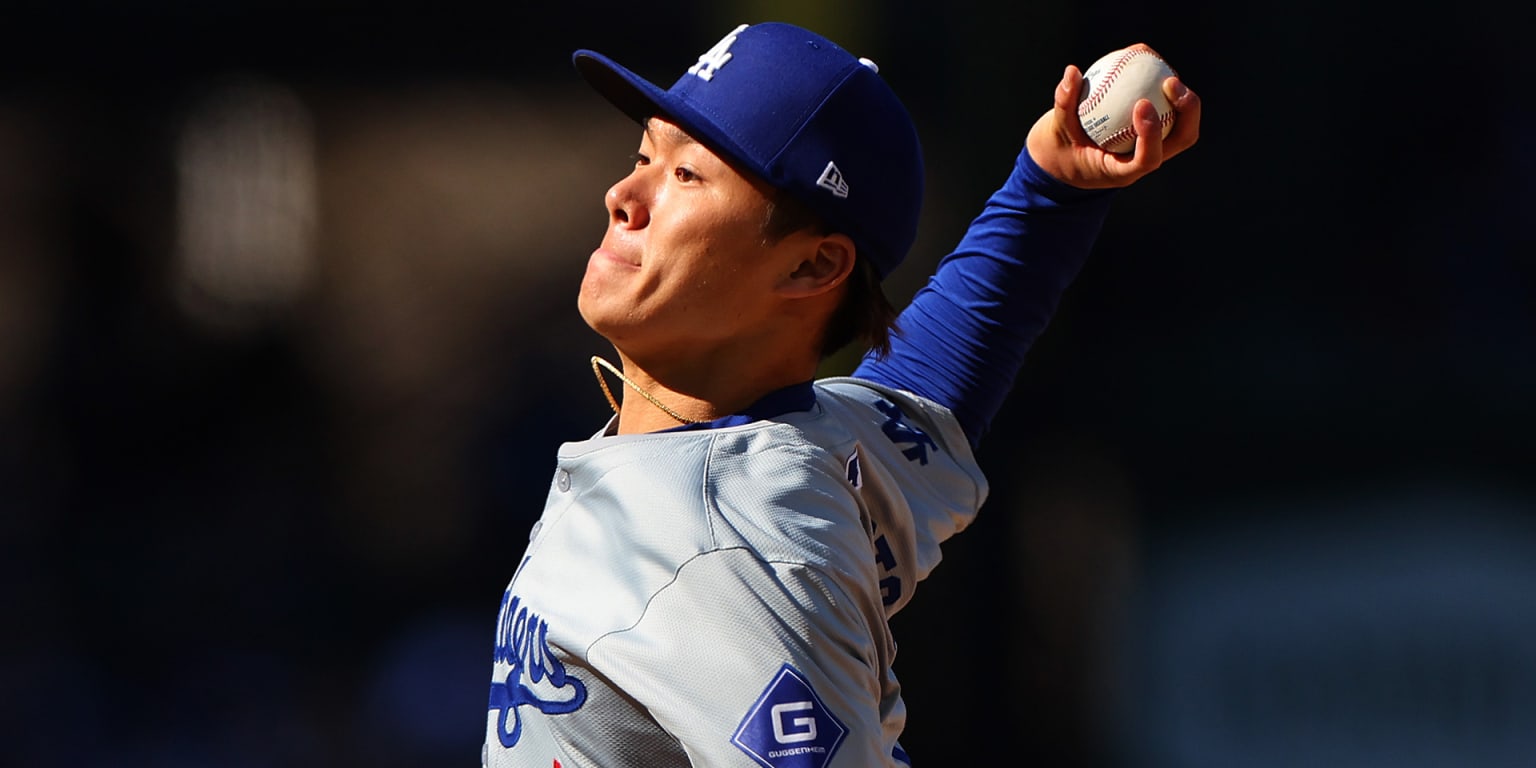The Los Angeles Dodgers had one of their sloppiest defensive games of the season Tuesday, ending with Chicago Cubs center fielder Pete Crow-Armstrong robbing a home run to seal a 6-3 loss.

However, that night also brought a positive highlight: Yoshinobu Yamamoto returned after a three-month break, looking as sharp as ever.
Perhaps, he looked better.
Yamamoto impressed by holding the Cubs to just one run over four innings, striking out eight. His fastball averaged more than 96 mph, and both his splitter and curveball were dominant. His command was sharp, especially given this was his first major league appearance since a rotator cuff strain on June 15.
Yamamoto started his night with three straight strikeouts: Ian Happ chased a curveball in the dirt, Dansby Swanson swung through a splitter just below the zone, and countryman Seiya Suzuki was caught looking at a full-count fastball on the outer edge.
Those at-bats provided Mark DeRosa of MLB Network all the evidence he needed to break down the starter’s performance and provide three reasons why he was so dominant.
What is Yoshinobu Yamamoto’s FIP?
This statistic is what a pitcher can control as if there was no defense behind him – strikeouts, walks and home runs.
Yamamoto ranks in the top five across Major League Baseball with a 2.51 FIP. He is sandwiched between Chris Sale (2.05) and Tarik Skubal (2.54) and both of them are the favorites for the National League and American League Cy Young Awards this season.
“He (Yamamoto) has made a ton of starts this year outside of the injury and has been completely dominant,” DeRosa said in his breakdown on MLB Network.
The rookie got shelled in his first start in South Korea against the San Diego Padres, which has skewed his number. But outside of that start, “he has been pitching like some of the game’s greats.”
What is Yoshinobu Yamamoto’s Pitch Usage?
Yamamoto is unpredictable because his pitches are so good.
Against the Cubs, he threw his four-seam fastball (37.3) and splitter (32.2) more than 30 percent of the time, followed by his curveball at roughly 29 percent and then his slider at 2 percent.
“When you dive in on what he does with these three pitches, you don’t know if you’re getting heater or curveball 0-0,” said DeRosa. “He has got the ability to throw it 0-0 and he can wipe you out with it.”
The one thing that is certain about Yamamoto’s pitch usage is that once he has two strikes, he will turn to the splitter more than half of the time.
But, he had three weapons and threw them with pinpoint command which is scary for any opposing hitter because there isn’t a way to predict what pitch is coming in which count.
Yoshinobu Yamamoto’s Strategy of Living on the Edge
Yamamoto is one of the game’s best at throwing to the edge of the zone.
With an average fastball velocity of 95.5 mph, the right-hander can paint the black 46.7 percent of the time. The other guys who do it as often as him are finesse pitchers – Martin Perez (Padres) and Kyle Hendricks (Cubs).
“Yamamoto has elite stuff and he’s hitting corners all day long,” DeRosa added.





